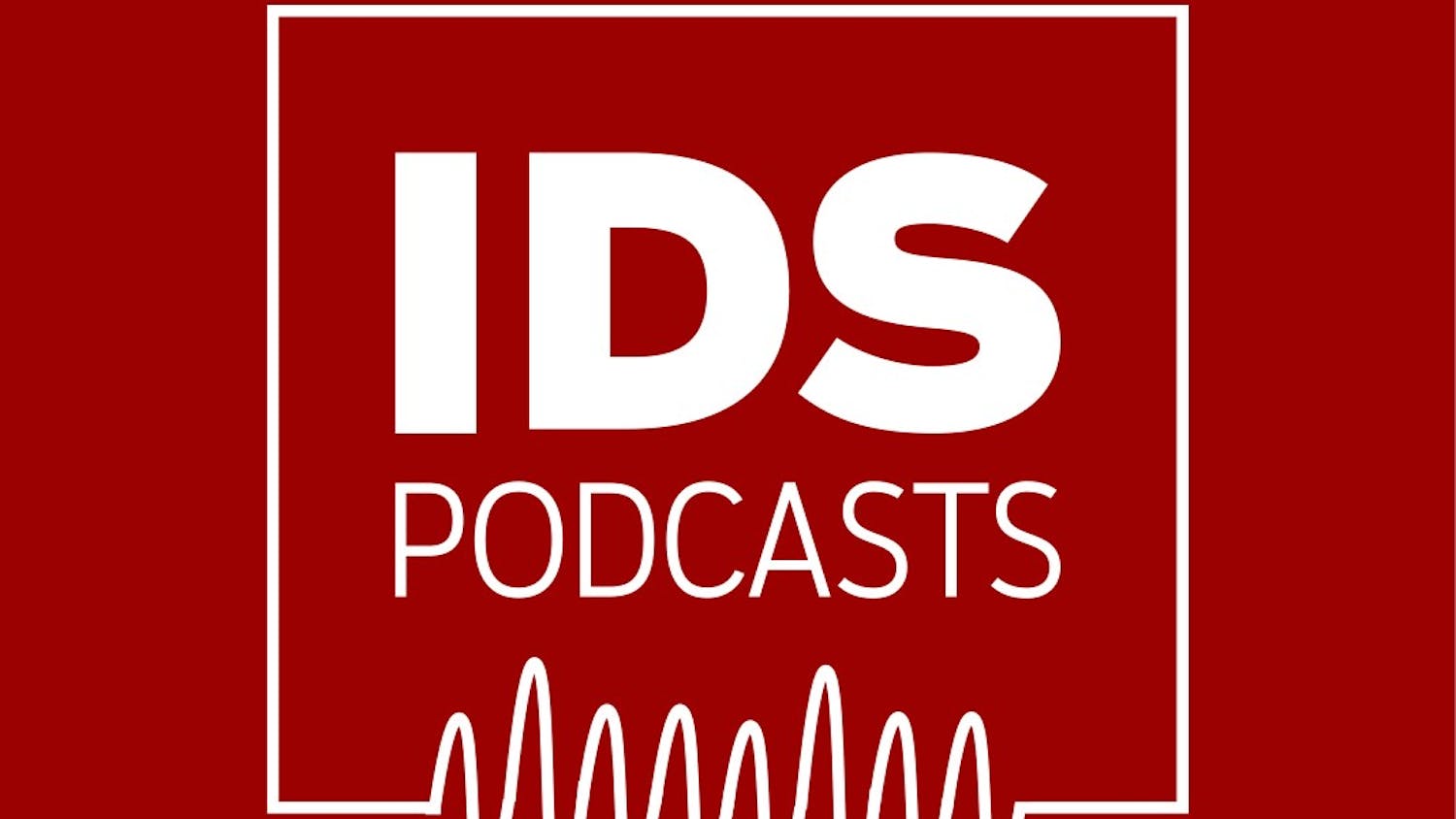Media interest in the gender gap, the difference between percentages of males and females that vote for a particular candidate, is nothing new, but could just be relevant as ever.
Women have voted in higher numbers than men since 1964 and in higher rates than men since 1980. More women register to vote than men, as seen in 2008 when 78.1 million women registered compared to 68.2 million men.
Women also make up about 51 percent of the U.S. population. That means they’re not only the majority gender but represent a majority of the voters.
At the same time, just like ethnic racial minorities, women are grouped into the minority category, targeted by campaigns in television advertisements, tailored mailings and declarations of “I love you, women,” at national conventions.
It’s more socially acceptable to make explicit appeals to women, said Elizabeth Bennion, associate professor of political science at IU-South Bend, who researches gender politics.
“It’s seen as being inclusive,” she said. “If men were to make these appeals to men as men, it would seem as being exclusive to men.”
She said this difference in campaigns’ approaches to gender reflects the historical dominance of men and the excluding of women from the political sphere.
“Nobody could watch the speeches in the conventions and conclude anything else than women were being pandered to,” Bennion said. “We certainly do see more of the pandering and targeting in the case of women than in the case of small or more specified groups.”
And in an election where national polls show the presidential candidates neck and neck, and swing state numbers even closer, appealing to women could pay off come Election Day. Even here in Indiana, with conflicting U.S. Senate race polls and a close gubernatorial race, women could have a pivotal role to play.
In 2008, 56 percent of women voted for President Barack Obama, opposed to 49 percent of male voters. This 7 percent gap, the gender gap, has been apparent in every presidential election since exit polling started testing it in 1972.
“That’s important for any candidate to think about,” Bennion said. “Because the gender gap has been so consistent in favor of the Democratic Party, part of the strategy of the Republican Party is shrinking that gap.”
The reasons behind women’s vote, just like the Latino, black and male votes, are not simple or clear cut.
Contrary to some national dialogue, research suggests women’s issues aren’t the cause of the gender gap. Rather, women take into account the state of prevailing issues like the economy but place an increased focus on social welfare issues like health care and poverty.
“One of the things that we really do see is that the parties really only diverged on those issues in the late ‘70s, but we saw the gap before that even happened,” Bennion said.
A Politico-George Washington University Battleground Poll taken from Oct. 7-11 showed both men and women considered the economy the most important issue for Congress to focus on. The same survey also showed women ranking Medicare/Social Security and education higher a priority than male voters.
Similar studies in September by CBS, New York Times and Pew Research Center showed the economy at the top of voter issue concerns, with women more heavily ranking health care and abortion as secondary concerns and men choosing the deficit as their other big concern.
Life experiences and societal roles and expectations can reflect in the gender gap.
“Women are more economically vulnerable, more likely to make less money and in more need of some of these policies,” Bennion said. “They tend to favor more access to services through government than men.”
Democratic candidate for 9th District of the U.S. House of Representatives, Shelli Yoder, has twice headlined women vote rallies, evening programs with “a special focus on the issues involving women locally and nationally,” according to advertisements.
Yoder said the first rally attracted a mixed gender audience. She framed issues such as access to birth control, health care and equal pay as economic issues.
“When women aren’t being paid as much as men, it’s hurting everyone’s pocketbook from the small business to the big corporation,” Yoder said. “If we’re not earning as much money, we’re not having as much to spend.”
The events featured prominent female political leaders from the region who discussed the highlighted issues.
“These are still hurdles that women are still fighting to win,” Yoder said. “Women need to get out and vote in their best interest.”
Even if the gender gap is close this year, the real value of studying it may be in the very idea of having a discussion about gender.
“They’re not a monolithic block,” Bennion said. They don’t all agree. They won’t vote for the same candidate or party.”
“But we have very few women in elected offices in 2012. There is a concern about women not being represented and there is this concern that their issues might not get heard.”
Men, women split political agendas, party affiliations
Get stories like this in your inbox
Subscribe



